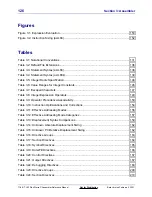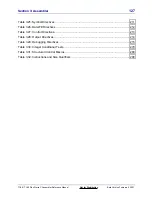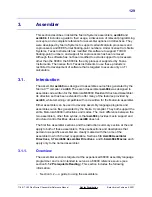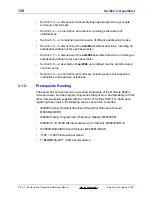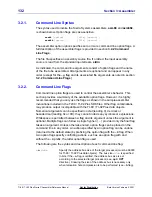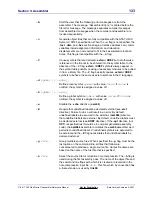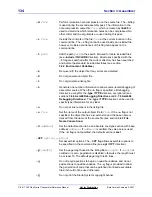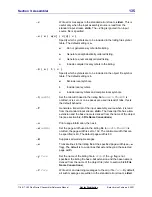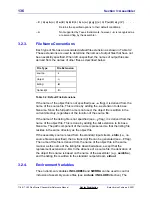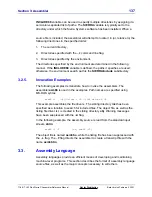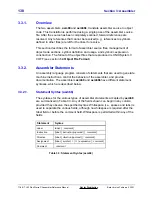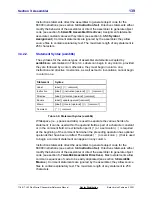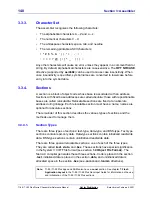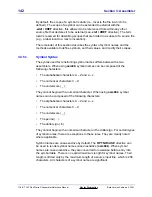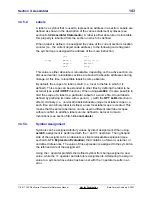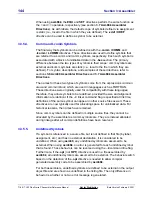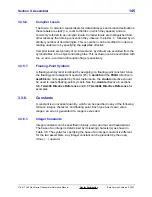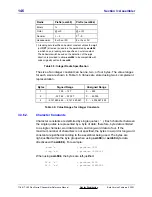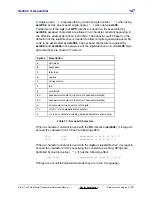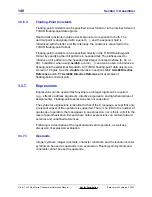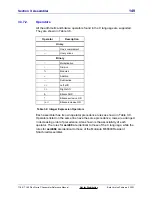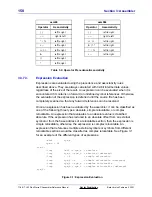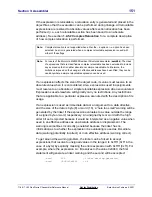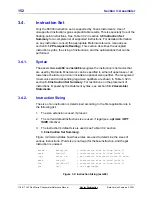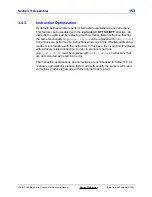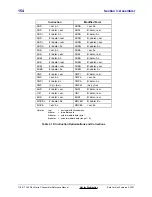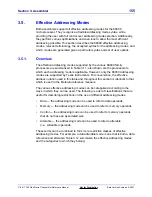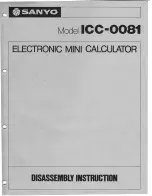
140
Section 3: Assembler
TI
-
89 / TI
-
92 Plus Sierra C Assembler Reference Manual
Not for Distribution
Beta Version February 2, 2001
3.3.3. Character
Set
The assembler recognizes the following characters:
•
The alphabetical characters A – Z and a – z.
•
The numerical characters 0 – 9.
•
The whitespace characters space, tab, and newline
•
The remaining printable ASCII characters:
! " # $ % & ' ( ) * + , - . / :
; < = > ? @ [ \ ] ^ _ ` { | } ~
Any other characters will cause an error unless they appear in a comment field or
string. By default, alphabetical characters are case-sensitive. The OPT NOCASE
directive (supported by asm68k) can be used to cause case insensitivity. When
case insensitivity is specified, symbol names are converted to lowercase before
entry into the symbol table.
3.3.4. Sections
A section is a block of object code whose base is associated with an address.
Sections with fixed base addresses are called
absolute; those with repositionable
bases are called
relocatable. Relocatable sections are fixed at an absolute
address during linkage. Each relocatable section must have a name; names are
optional for absolute sections.
The remainder of this section describes the various types of sections and the
methods used to manage them.
3.3.4.1. Section
Types
There are three types of sections: text-type, data-type, and BSS-type. Text-type
sections contain read-only data. Data-type sections contain initialized read/write
data. BSS-type sections contain uninitialized read/write data.
There are three special relocatable sections, one of each of the three types.
They are called .text, .data, and .bss. These sections have special significance
in the System V COFF file format (see section 1.4 Object File Format). The
Sierra C compiler generates these three sections. Code is placed in the section
.text, initialized data is placed in the section .data, and uninitialized data is
allocated space in the section .bss (see .comm and .lcomm directives).
Note:
TI-89 / TI-92 Plus apps and ASMs also have a .const section. See chapter 7. Flash
Application Layout in the TI-89 / TI-92 Plus Developer Guide for information on the use
and initialization of the TI-89 / TI-92 Plus sections.

